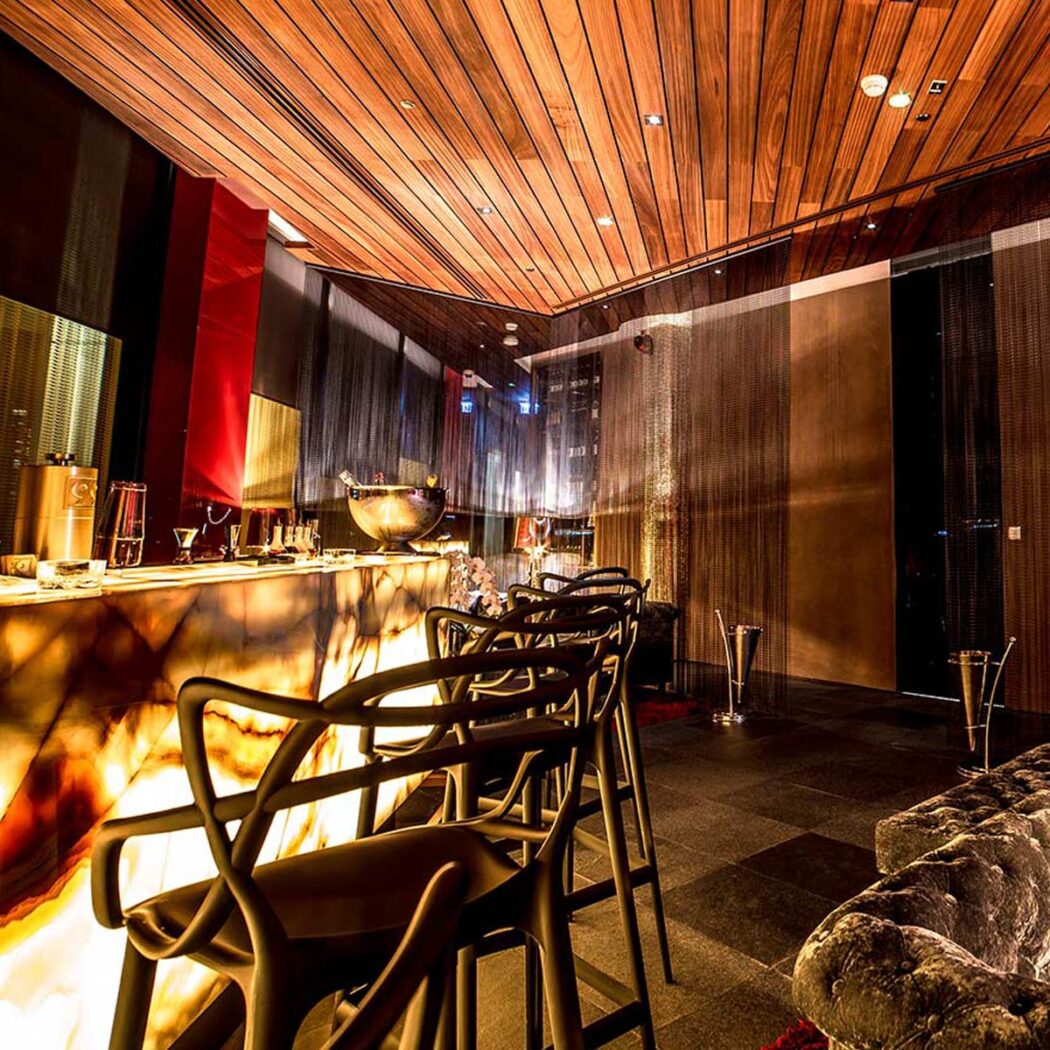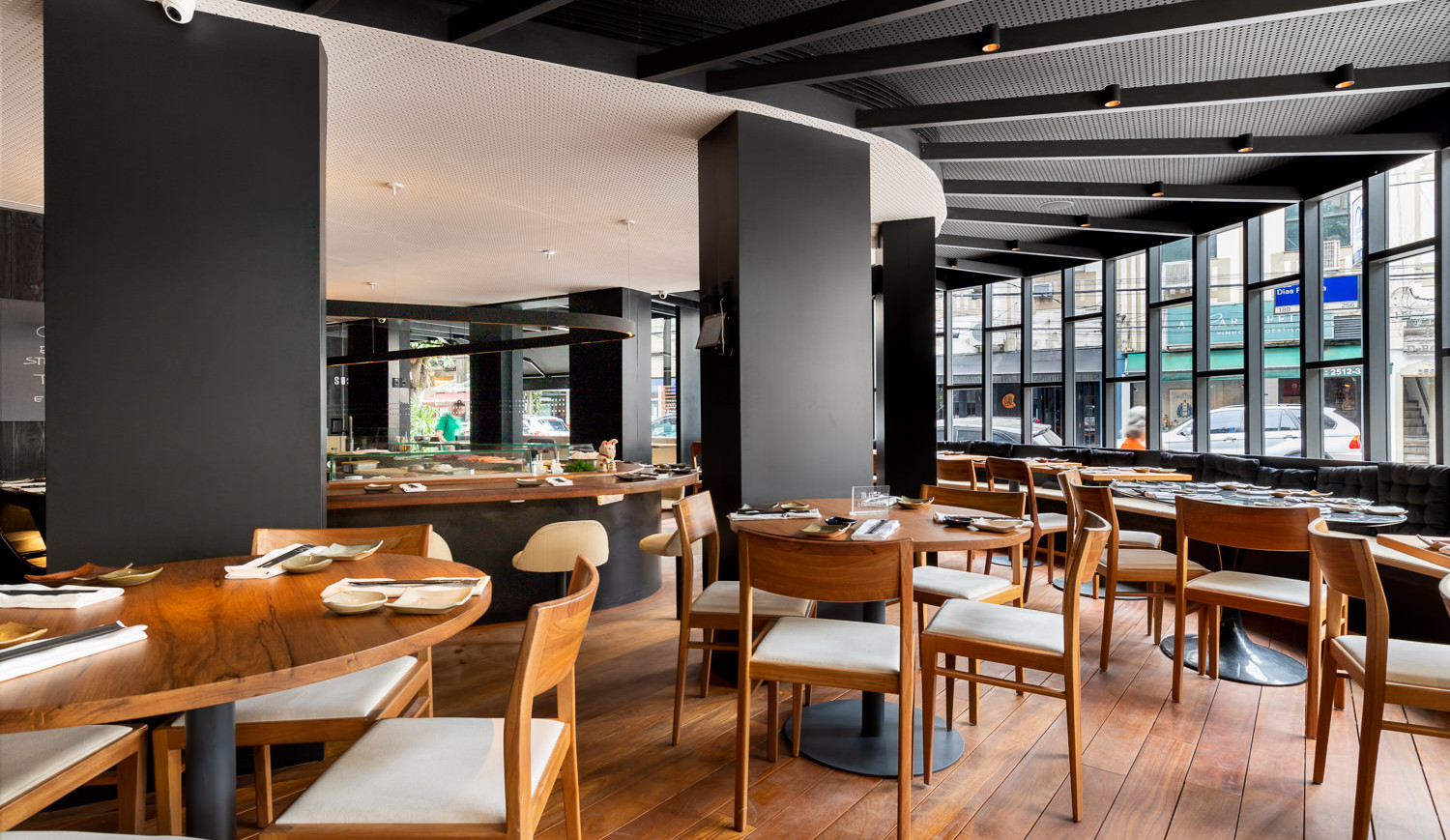Recommended sushi restaurants in China
Recommended sushi restaurants in Abu Dhabi
Recommended sushi restaurants in Brazil
Recommended sushi restaurants in Canada
-


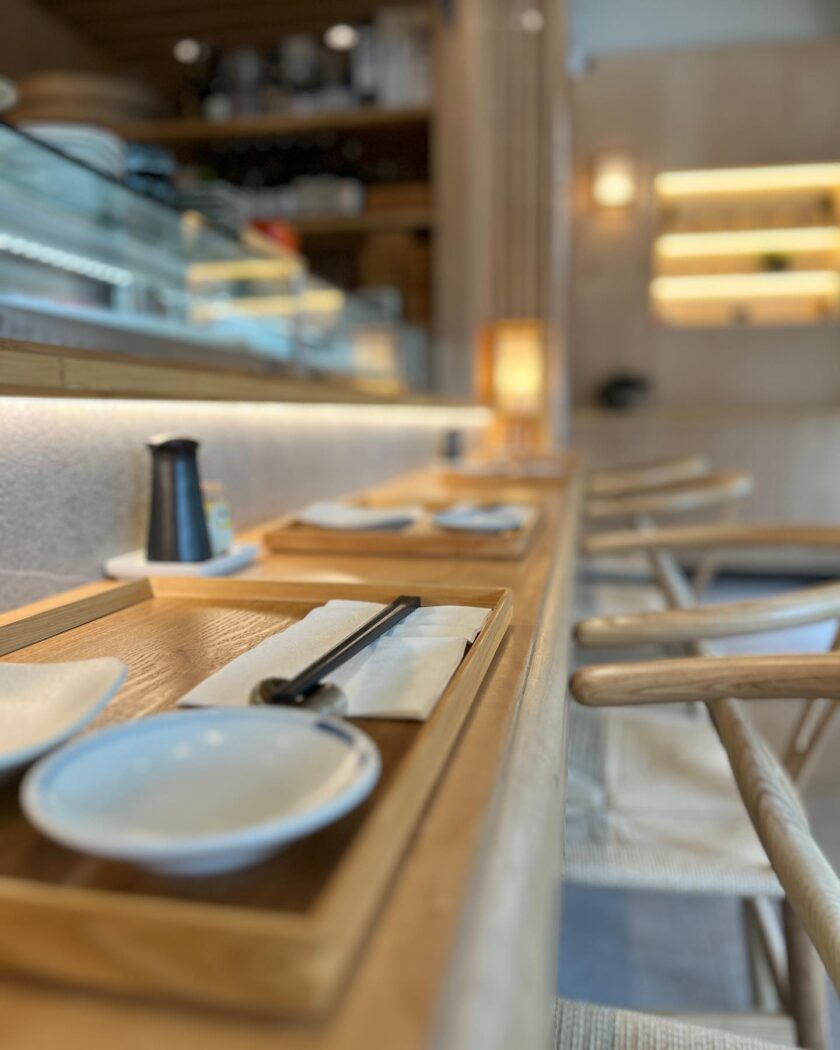
Sushi Hil
Sushi restaurant in Canada [SUSHILIVE comment] -


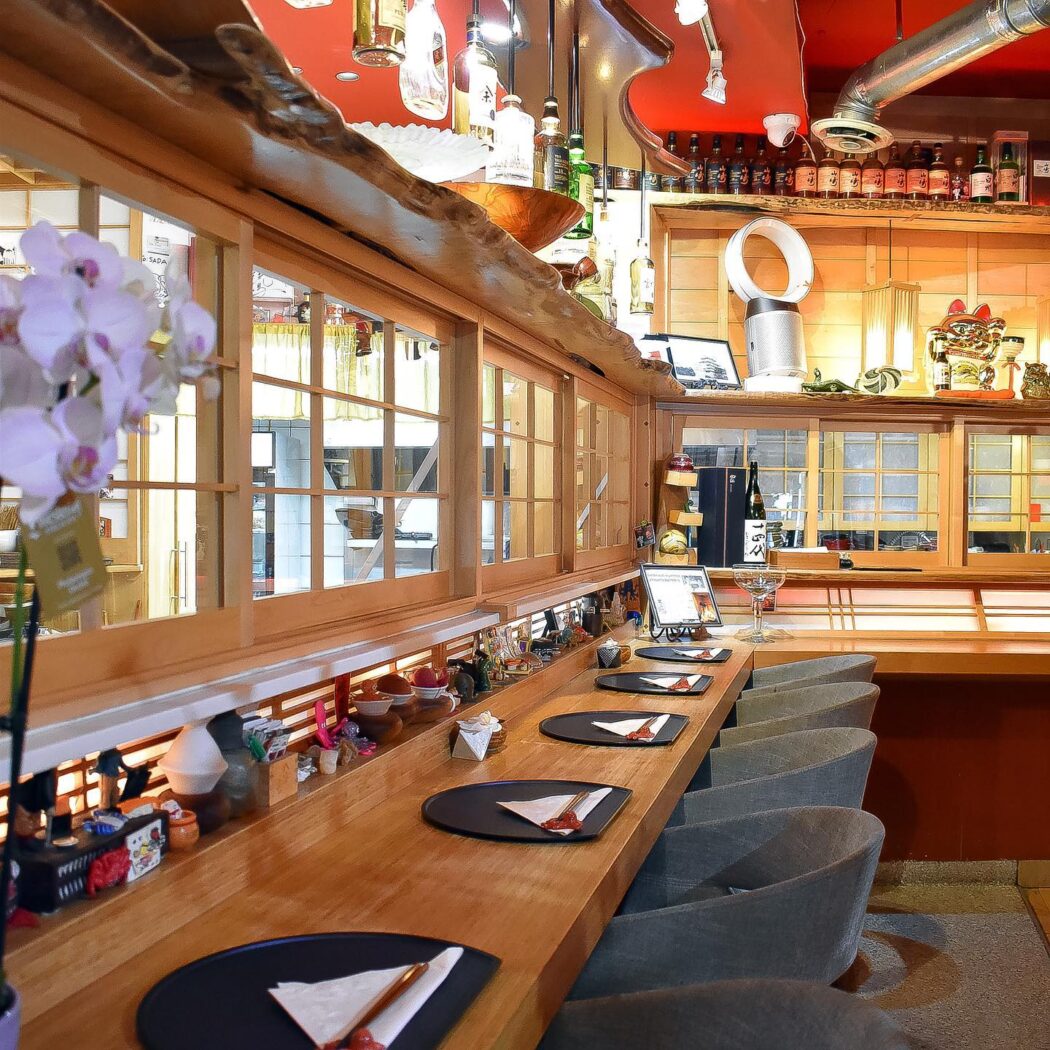
Octopus Garden
Sushi restaurant in Canada [SUSHILIVE comment] -


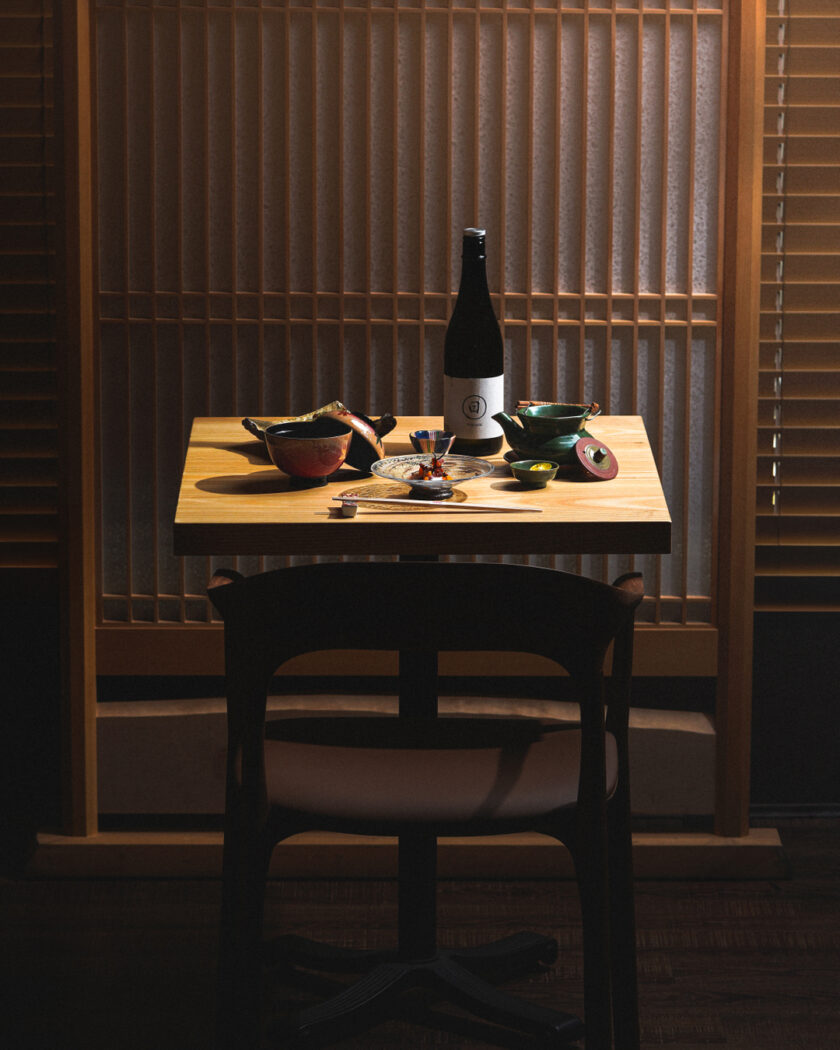
Masayoshi
Sushi restaurant in Canada [SUSHILIVE comment] -



The Lobby Lounge & RawBar
Sushi restaurant in Canada [SUSHILIVE comment] -



Tetsu Sushi Bar
Sushi restaurant in Canada [SUSHILIVE comment] -


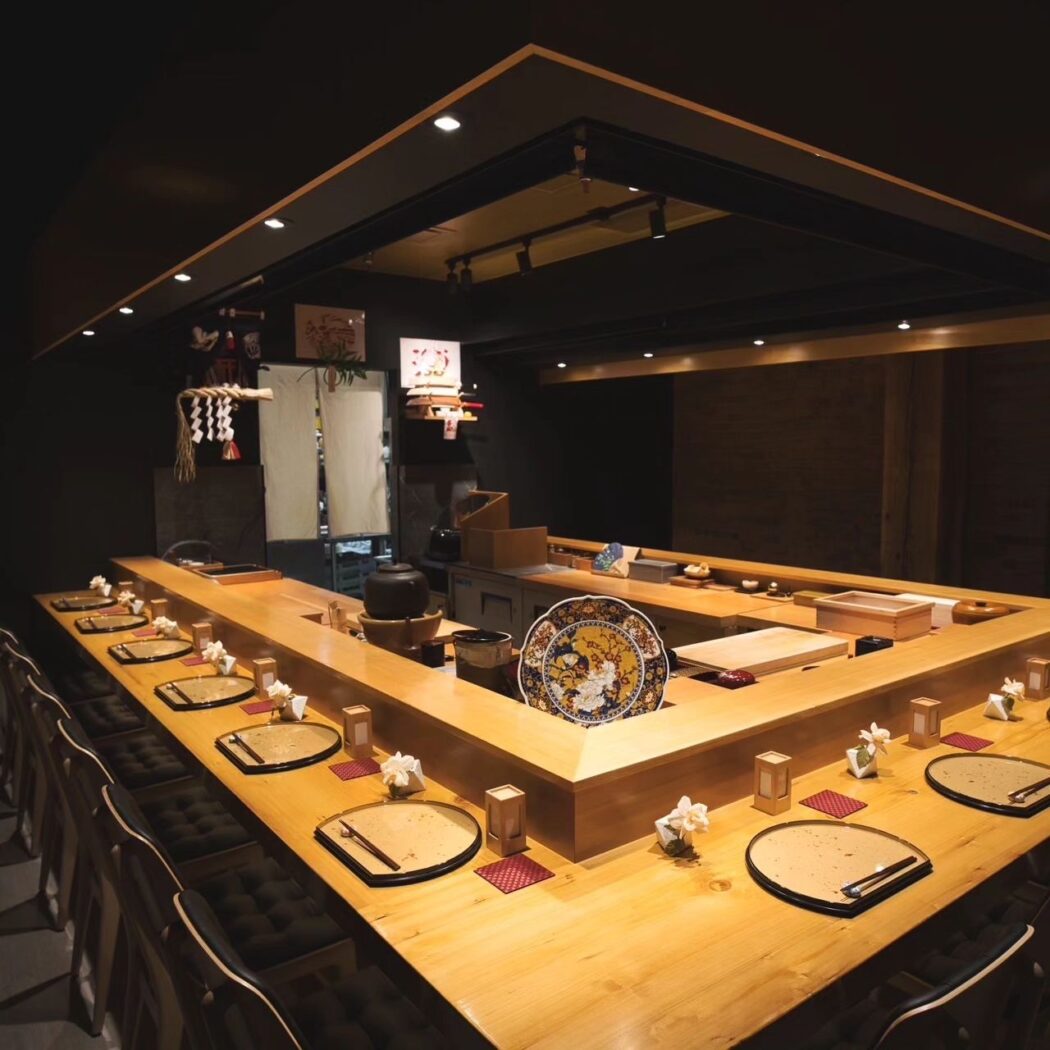
Okeya Kyujiro
Sushi restaurant in Canada [SUSHILIVE comment] -


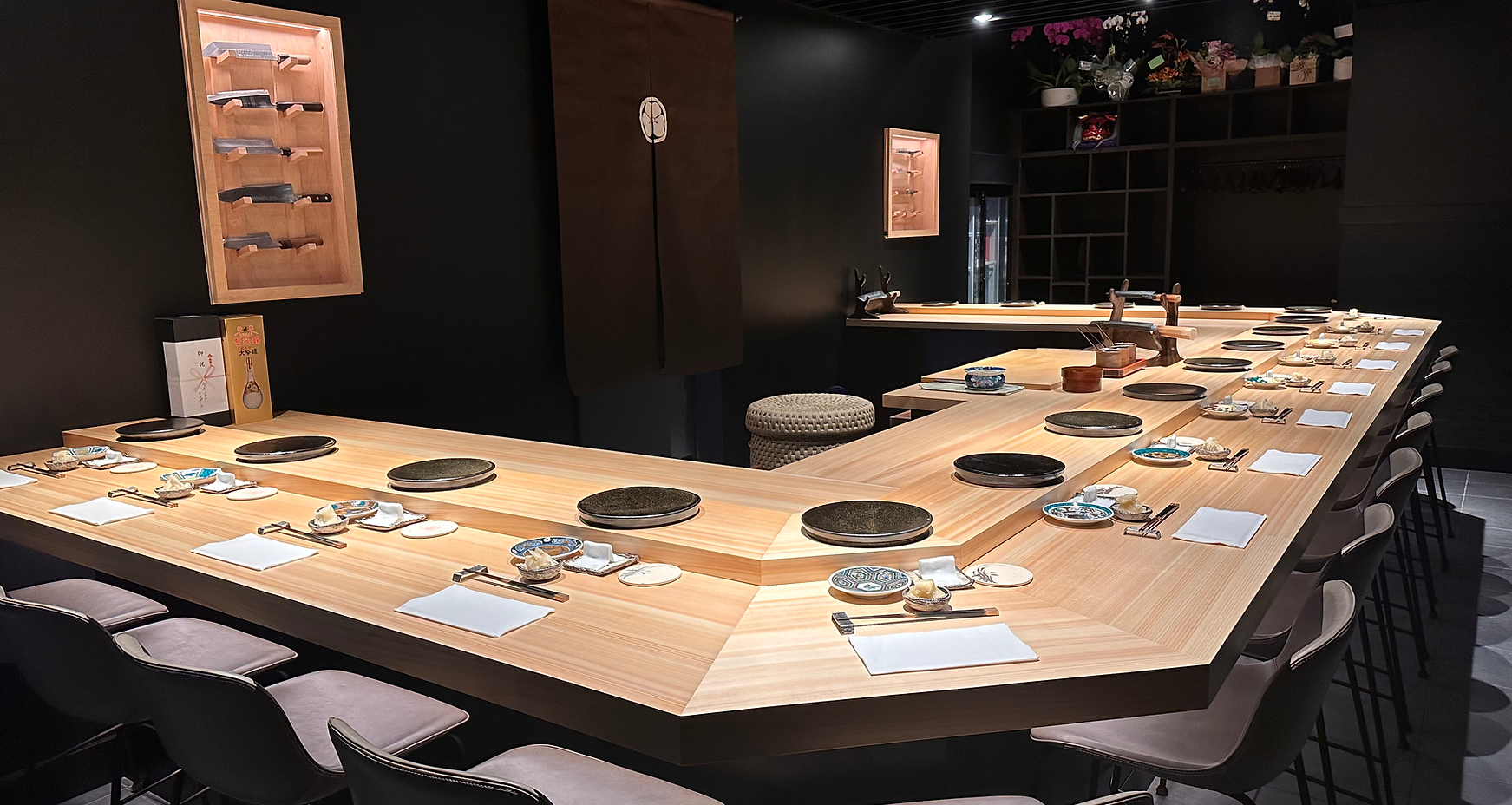
Sushi Bar Maumi
Sushi restaurant in Canada [SUSHILIVE comment] -



Sushi Jin
Sushi restaurant in Canada [SUSHILIVE comment] -


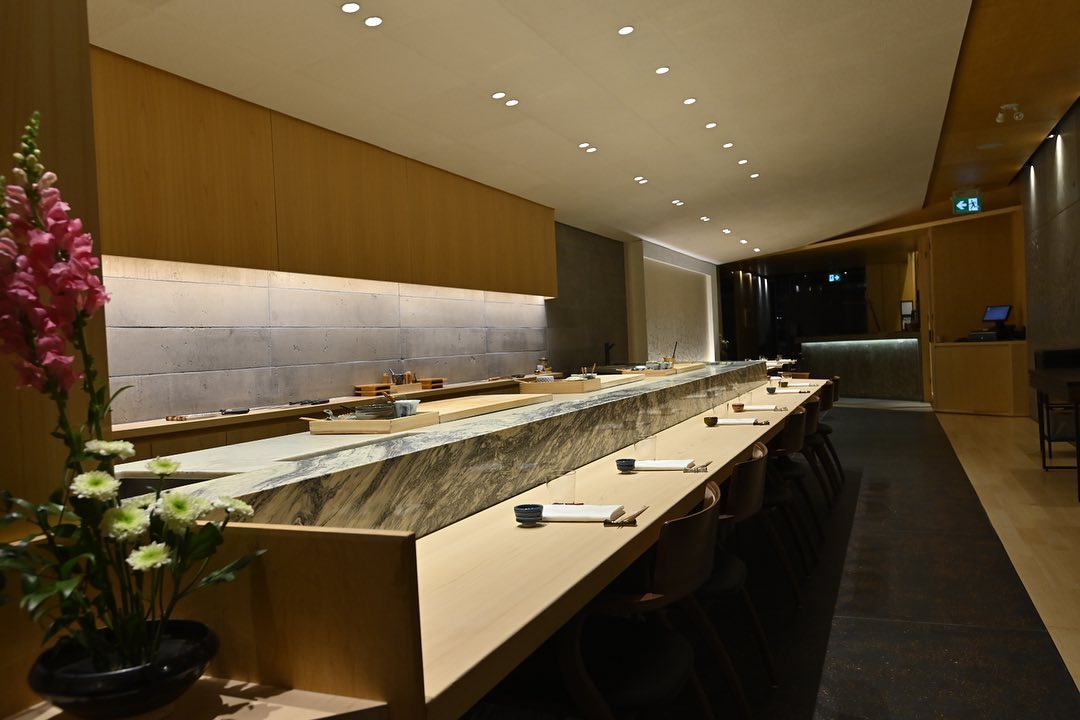
Shoushin
Sushi restaurant in Canada [SUSHILIVE comment] -


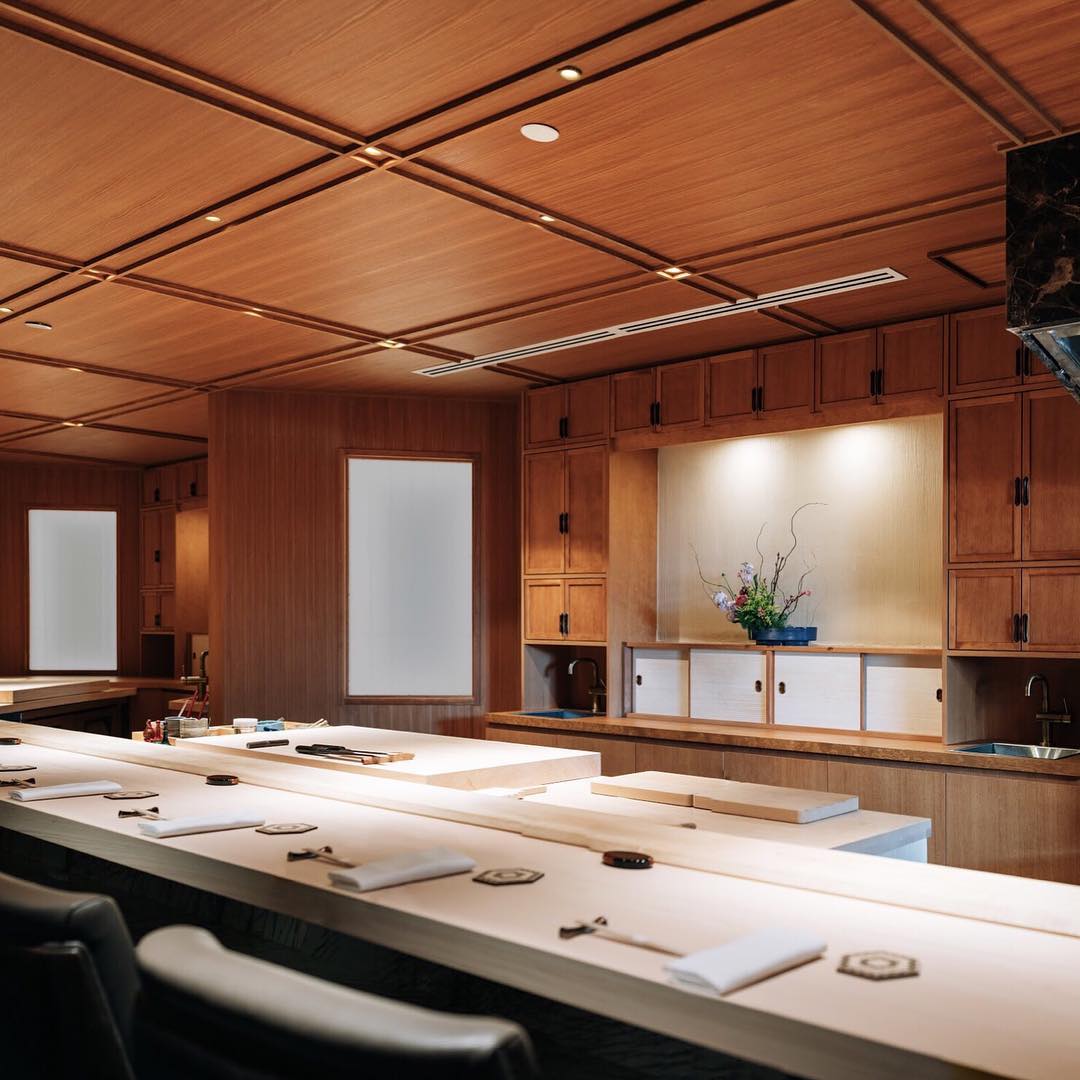
Sushi Masaki Saito
Sushi restaurant in Canada [SUSHILIVE comment]
Recommended sushi restaurants in Dubai
Characteristics of China’s Cuisine
China: A Land of Timeless History and Remarkable Development
China, located in East Asia, is the world’s most populous country. With its origins in the Yellow River and Yangtze River civilizations, China boasts a history that spans more than 4,000 years of dynastic rule, evolving into a socialist state in modern times. Recently, it has emerged as the “world’s factory,” known for its significant economic growth and has become a major power influencing global politics, economy, and military. The vast nation is home to diverse ethnic groups, including 55 recognized minorities in addition to the Han majority. As the heartland of the Sinitic writing system, China has developed unique traditional cultures such as calligraphy and ink painting. In recent years, its advancements in science and technology, including space exploration and artificial intelligence, have placed it at the forefront of global leadership. However, China also faces challenges such as environmental issues and human rights concerns. China, with its blend of ancient traditions and modern vitality, remains a fascinating country that continues to have a significant impact on the world.
A Tapestry of Diverse Nature and Rich History
China’s vast landscape spans diverse natural environments, from the fertile plains nurtured by the Yellow and Yangtze Rivers to the arid Gobi Desert and the snow-capped Himalayas, each region contributing uniquely to the country’s history. The Yellow River and Yangtze River civilizations developed distinct cultures that laid the foundations for Chinese civilization. Interaction with neighboring regions, such as invasions by northern nomadic tribes and southern maritime trade, enriched China’s historical narrative. Through the unification under Emperor Qin Shi Huang, the prosperity of the Han dynasty, the cultural flourishing during the Tang and Song dynasties, to the isolationist policies of the Ming and Qing dynasties, numerous dynasties rose and fell, each leaving a unique cultural legacy. Influences in philosophy, inventions, literature, and art have had a profound impact globally. Today, as a socialist country, China continues to grow while tackling challenges like environmental degradation and social inequality. The diverse landscapes and history of China offer a deeply captivating charm. Visitors are encouraged to experience the ancient relics, traditional streetscapes, and modern urban vistas that together weave the narrative of China.
History, Regions, and Diverse Expressions of Chinese Culinary Culture
Chinese culinary culture exhibits a rich diversity shaped by history and geography. The vast territory hosts the renowned four major cuisines of Beijing, Sichuan, Shanghai, and Guangdong, among others, each with its unique culinary traditions. Staple foods vary, with wheat predominating in the north and rice in the south. Well-known dishes such as Peking duck and mapo tofu, along with popular items like dim sum and hotpot, reflect this variety. Chinese dining emphasizes not only the freshness of ingredients and cooking methods but also presentation and dinnerware. Sharing meals around a round table with family and friends is a cherished practice. With economic growth, the food culture is evolving, blending traditional dishes with Western influences and innovative culinary techniques.
The Rising Popularity of Sushi in China
Sushi’s popularity in China has surged in recent years, showcasing interesting contrasts in sushi’s history, culture, and consumption between Japan and China. China had ancient equivalents of “nare-zushi,” but modern sushi, as known today, arrived from Japan in the late 19th century. Driven by a growing middle class and health consciousness, sushi has become fashionable, especially in major cities like Shanghai and Beijing, where sushi restaurants, both conveyor belt and high-end, are burgeoning. Chinese sushi culture merges Japanese and Chinese culinary traditions, offering a unique evolution that continues to draw attention.
Regional Specialties with Distinctive Characteristics
China’s rich history and diverse climate have given rise to a plethora of regional specialties. Tea, one of China’s iconic products, comes in various forms like green, black, and oolong, each with a unique flavor profile. Renowned teas include Longjing from Zhejiang and Tieguanyin from Fujian. Silk is another prized product, celebrated for its smooth texture and luster, with Suzhou embroidery and Hangzhou silk being particularly esteemed. Porcelain, with key production sites like Jingdezhen and Longquan, varies widely in types like white, celadon, and polychrome, each enchanting with delicate paintings and glazes. Beyond these, China is also known for traditional medicines, lacquerware, bamboo crafts, and embroidery, making for ideal souvenirs. When visiting China, exploring these regional specialties is highly recommended, promising unique discoveries for every traveler.

